LED Light - LED Light Insight
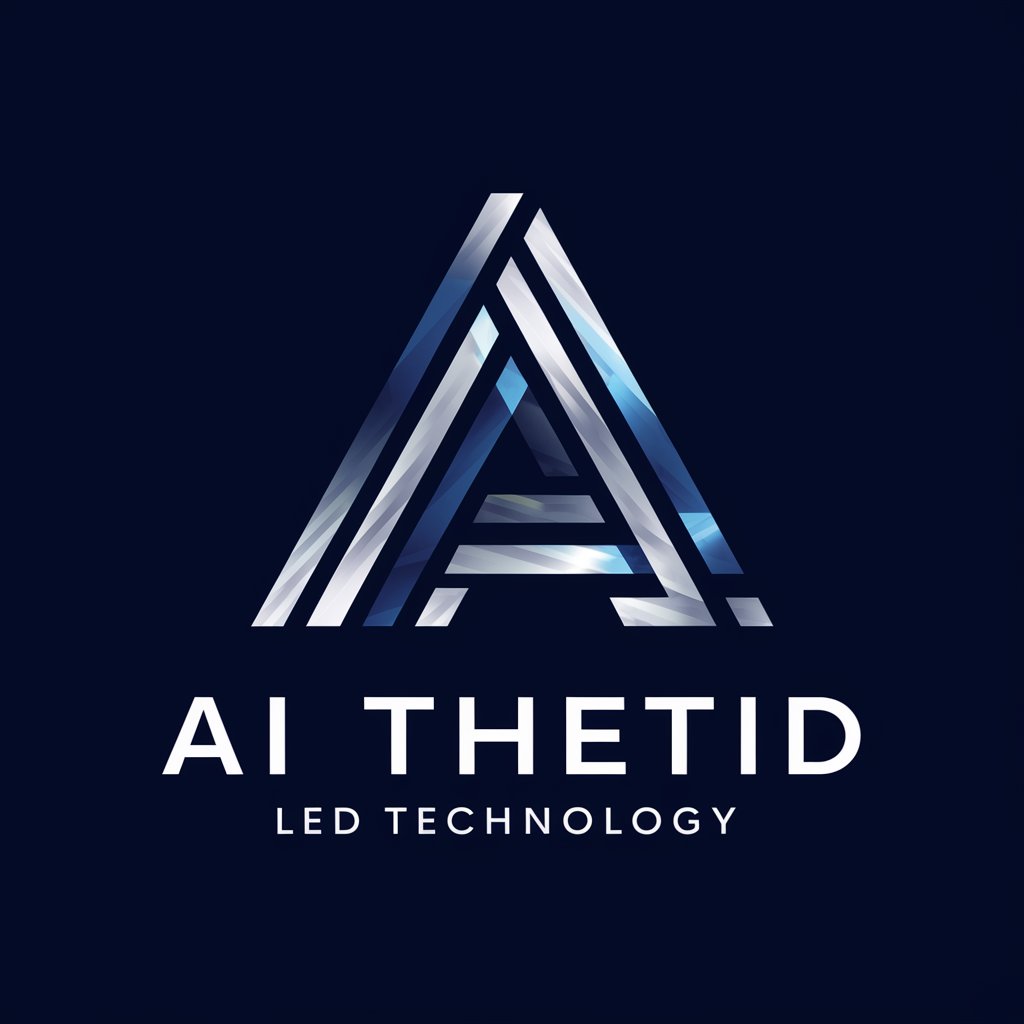
Hello! Let's explore the fascinating world of LED technology together.
Illuminate Efficiently with AI
Explain the advantages of using LEDs over traditional incandescent bulbs.
Describe the role of LEDs in modern display technology.
Discuss the latest advancements in LED efficiency and performance.
How are LEDs being utilized in smart lighting systems?
Get Embed Code
Understanding LED Light
LED Light, or Light Emitting Diode Light, refers to a semiconductor light source that emits light when current flows through it. Electrons in the semiconductor recombine with electron holes, releasing energy in the form of photons. This process is known as electroluminescence. The color of the light (corresponding to the energy of the photons) is determined by the energy band gap of the semiconductor. LEDs are designed to offer energy-efficient lighting, longer lifespans, and improved environmental performance compared to traditional light sources such as incandescent and fluorescent bulbs. Examples of LED Light's applications include residential and commercial lighting, automotive headlights, digital displays, and indicator lights on a wide range of devices. Powered by ChatGPT-4o。

Main Functions of LED Light
Energy-efficient lighting
Example
LED bulbs in residential and commercial settings
Scenario
LEDs consume significantly less power than incandescent bulbs for the same amount of light output, reducing energy bills and carbon footprint.
Long lifespan
Example
LED lighting in streetlights
Scenario
LED streetlights last significantly longer than traditional lighting solutions, reducing maintenance and replacement costs over time.
Versatile color range
Example
RGB LED displays for advertising and entertainment
Scenario
LEDs can produce a wide spectrum of colors without the need for filters, allowing for vibrant displays and mood lighting in various applications.
Compact size
Example
LEDs in electronic devices
Scenario
Their small size allows LEDs to be used in spaces where traditional bulbs cannot fit, such as in smartphones, laptops, and wearable devices.
Durability
Example
LED lighting in outdoor and industrial applications
Scenario
LEDs are more resistant to breaking and withstand better in harsh conditions, making them ideal for outdoor, industrial, and automotive applications.
Ideal Users of LED Light Services
Environmental Enthusiasts
Individuals or organizations aiming to reduce their carbon footprint and energy consumption benefit from using LED lighting due to its energy efficiency and longer lifespan.
Homeowners and Commercial Property Managers
Those responsible for managing the energy consumption and maintenance of residential or commercial properties find LEDs attractive for their cost-saving and aesthetic benefits.
Electronics Manufacturers
Companies that produce electronic devices such as smartphones, TVs, and computers utilize LEDs for their compact size, efficiency, and the high-quality light they produce.
Automotive Industry
Automakers incorporate LED technology for headlights, interior, and dashboard lighting, benefiting from its durability, efficiency, and compact size.
Lighting Designers and Architects
Professionals in design and architecture leverage LEDs for their versatility in color and intensity, enabling creative and efficient lighting solutions in their projects.

Using LED Light: A Guide
Initiate Free Trial
Start by exploring LED Light's capabilities without commitments by visiting a platform offering a free trial, such as yeschat.ai, where no login or ChatGPT Plus subscription is necessary.
Understand LED Basics
Familiarize yourself with the fundamentals of LED technology, including how LEDs generate light, their energy efficiency, and the spectrum of colors they can produce.
Identify Your Needs
Determine your specific requirements for LED Light, such as whether you're interested in lighting solutions, display technology, or other applications where LEDs can be utilized.
Select Appropriate LED Products
Choose LED products that match your needs, considering factors like color temperature for lighting, pixel density for displays, and energy efficiency for both.
Optimize LED Usage
Implement best practices for LED usage to maximize their lifespan and efficiency, such as proper thermal management and avoiding overdriving the LEDs.
Try other advanced and practical GPTs
Cover Creator XSB
Craft Your Sound's Visual Identity with AI

Resilience Centers
Empowering communities with AI-driven support
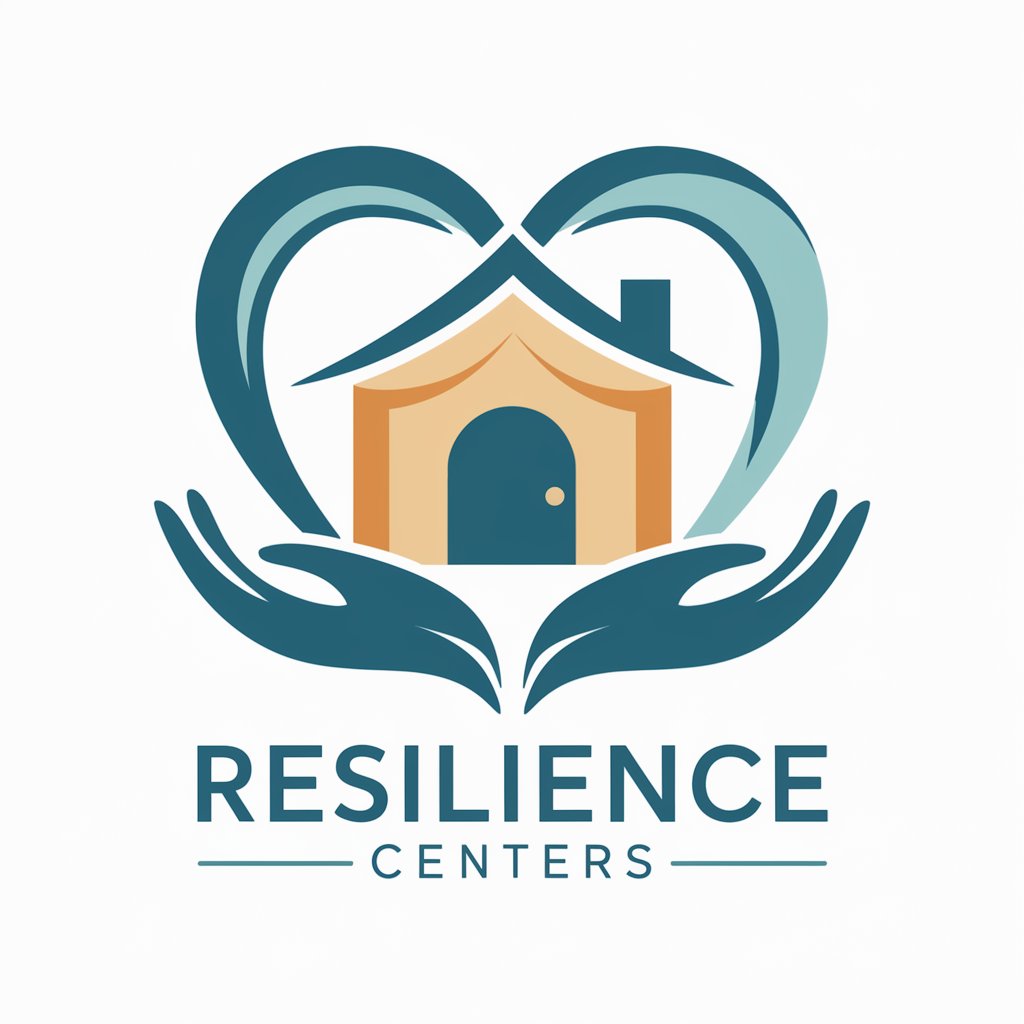
Dream Bottle Artist
Bottle Your Dreams with AI
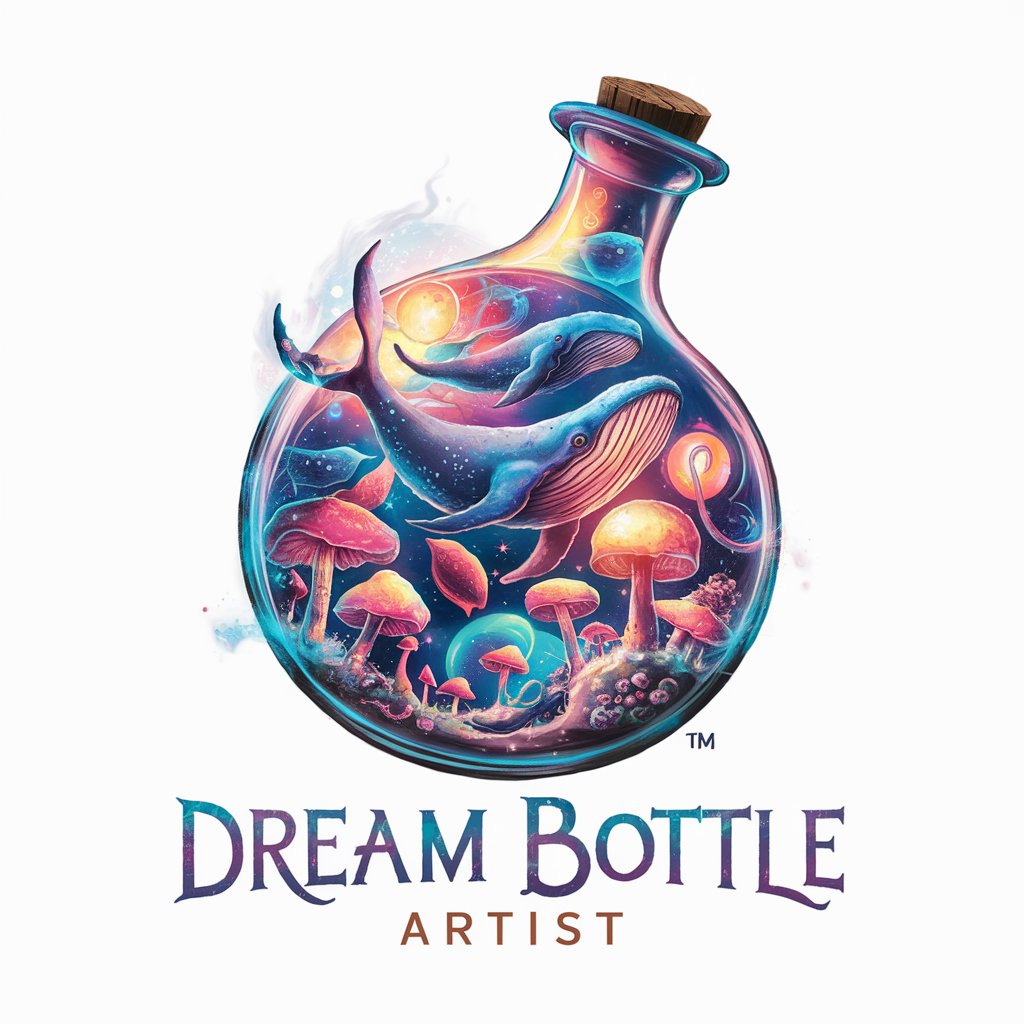
O3
Empowering Industry 4.0 with AI

System Dynamics GPT
Simulate Complexity, Unlock Insights
Socket Mobile Tech Guru
Streamlining Development with AI-Powered SDK Support

Spell Check
Enhancing writing with AI-powered precision.

TALLER DE REDES
Navigate Network Challenges with AI
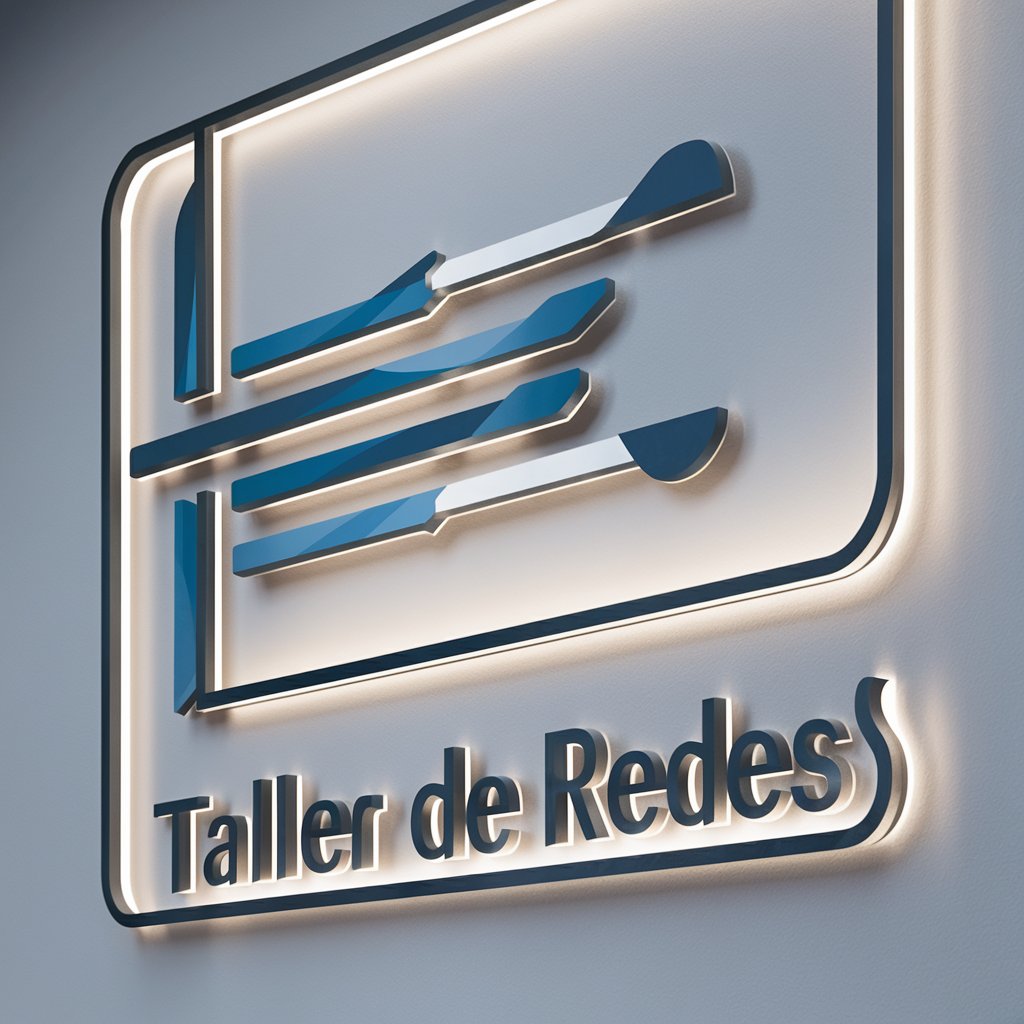
Opportunity Finder
Uncovering Opportunities with AI

MBA
Empowering Decision-Making with AI

Final Book Report Creator
AI-powered insight into every page

Boiler
Powering Industries with AI-Driven Boiler Insights
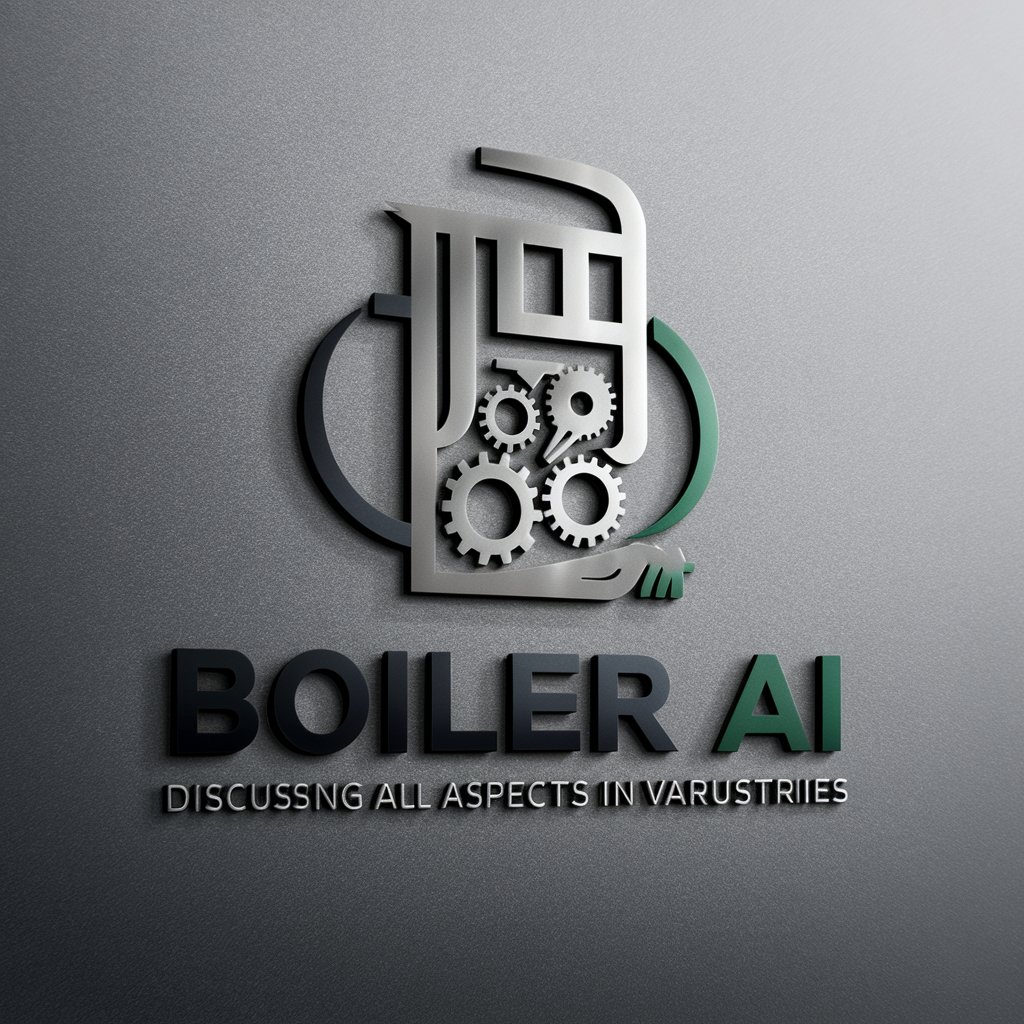
Frequently Asked Questions about LED Light
What advantages do LEDs have over traditional lighting?
LEDs offer superior energy efficiency, longer lifespans, and better environmental performance due to lower carbon emissions and absence of toxic elements like mercury, which are found in some traditional lights.
Can LEDs help in reducing energy costs?
Absolutely. LEDs consume significantly less power compared to incandescent and fluorescent lights, which results in lower electricity bills and reduced energy consumption.
Are LED lights available in different colors?
Yes, LEDs can produce a wide range of colors without the need for filters, making them ideal for decorative lighting, display screens, and mood lighting applications.
How do LEDs contribute to smart lighting systems?
LEDs are easily integrated into smart lighting systems due to their compatibility with control systems and sensors, enabling features like dimming, color changing, and scheduling for enhanced lighting experiences.
What is the environmental impact of using LEDs?
LEDs have a positive environmental impact by reducing energy consumption and greenhouse gas emissions. They also have a longer lifespan, reducing the waste associated with frequent replacements.
